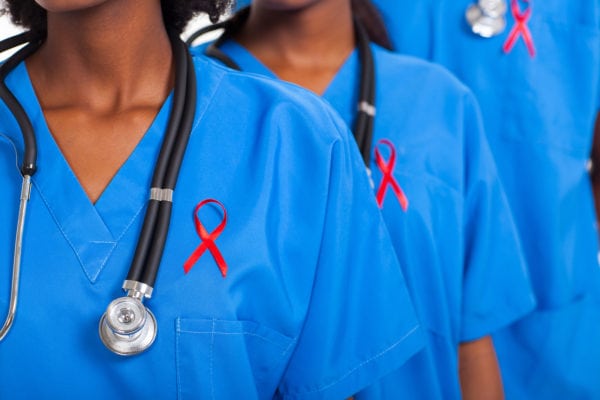The Centers for Disease Control and Prevention found that between the years 2008-2014, infection rates fell 18 percent in the United States.
A recent study shows HIV infections are steadily going down.
According to a report conducted by the CDC, new infections dropped by nearly 18 percent between the years 2008-2014.
“The nation’s new high-impact approach to HIV prevention is working. We have the tools, and we are using them to bring us closer to a future free of HIV,” said Jonathan Mermin, M.D., director of CDC’s National Center for HIV/AIDS, Viral Hepatitis, STD, and TB Prevention.
“These data reflect the success of collective prevention and treatment efforts at national, state and local levels. We must ensure the interventions that work reach those who need them most.”
Other key findings included:
- 56 percent decrease among people who inject drugs (from 3,900 to 1,700)
- 36 percent decrease among heterosexuals (from 13,400 to 8,600)
- 18 percent decrease among young gay and bisexual males ages 13 to 24 (from 9,400 to 7,700)
- 18 percent decrease among white gay and bisexual males (from 9,000 to 7,400)
- And substantial drops in some areas such as Washington, D.C. (dropping 10 percent each year over the six-year period); Maryland (down about 8 percent); Pennsylvania (down about 7 percent annually); Georgia (down about 6 percent annually); New York and North Carolina (both down about 5 percent annually); Illinois (down about 4 percent annually); and Texas (down about 2 percent annually)
(Not everyone saw a decrease, though: There was a 35 percent increase among 25- to 34-year-old gay and bisexual males and a 20 percent one among Latino gay and bisexual males.)
Even better news: A prior CDC report found that new infections among black women went down a whopping 25 percent between the years 2010 to 2014. During that same time period, new infections among African Americans in general dropped 14 percent.
While this is really encouraging news, it’s important to point out that African Americans continue to bear the brunt of this epidemic.
African Americans accounted for 45 percent of all HIV diagnoses in 2015, despite only accounting for 12 percent of the U.S. population. Not to mention, black women are the most at-risk for HIV compared with women from other races and ethnicities. We are 16 times more likely to be diagnosed with HIV compared to white women, and almost five times to Latinas.
Black men are also deeply impacted by the epidemic. The rate of HIV diagnoses for black men was nearly eight times as high as the rate among white men, and more than twice that of Latino men. Among those black men living with HIV, most new diagnoses occur among gay and bisexual men, especially young men.
So let’s keep up our prevention efforts but recognize that the battle is far from over.
From Hello Beautiful






